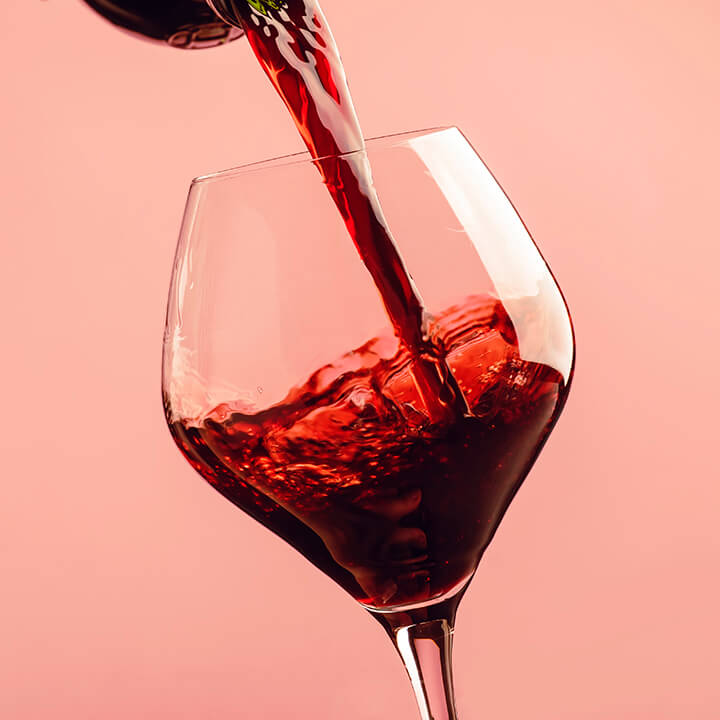E-label for wines: new EU rules are coming into force
23rd May 2023
By December 2023, all labels on wine sold in the EU will be required to provide allergy, energy, ingredient and nutritional information. The new requirement dictates that only the energy value (dictated by an “E” and similar to a calorie count) be listed on the physical wine bottle label. Other required information, including full nutritional information and ingredients, can be provided electronically with a QR code or link which would lead to an independently hosted electronic label, or “e-label”.

There are a few exceptions to the general rule stated above. Ingredients causing allergies and intolerance together with energy information must be on the physical label. The e-label may only contain the required information, no content for sales or marketing purposes is allowed. These electronic labels must be a “clean” platform and cannot collect or track user data and cannot lead the consumer to a wine manufacturer’s website.
These requirements apply to all products placed on the EU market whether they are produced in the EU or imported from a third country, including wines produced in the EU and exported outside of the EU. Wine produced and labelled before 8 December 2023 may continue to be placed on the EU market without modification to their labels until stocks run out.
What about an e-label for beer and spirits?
The current regulation only applies to wine, but many drinks’ producers are working to get ahead of any similar legislation regarding e-labels being applied to beer and spirits in the future.
How we can help
There are clear advantages to e-labels, for example changes to the list of ingredients can happen instantaneously rather than having to reprint new labels, and so it is likely that e-labels will become much more commonplace. If you would like to discuss how these new rules may apply to your business please give our Regulatory and Compliance Team a call. The team has a great deal of experience advising the Food and Drink sector on how to keep up to date with an evolving regulatory landscape.




